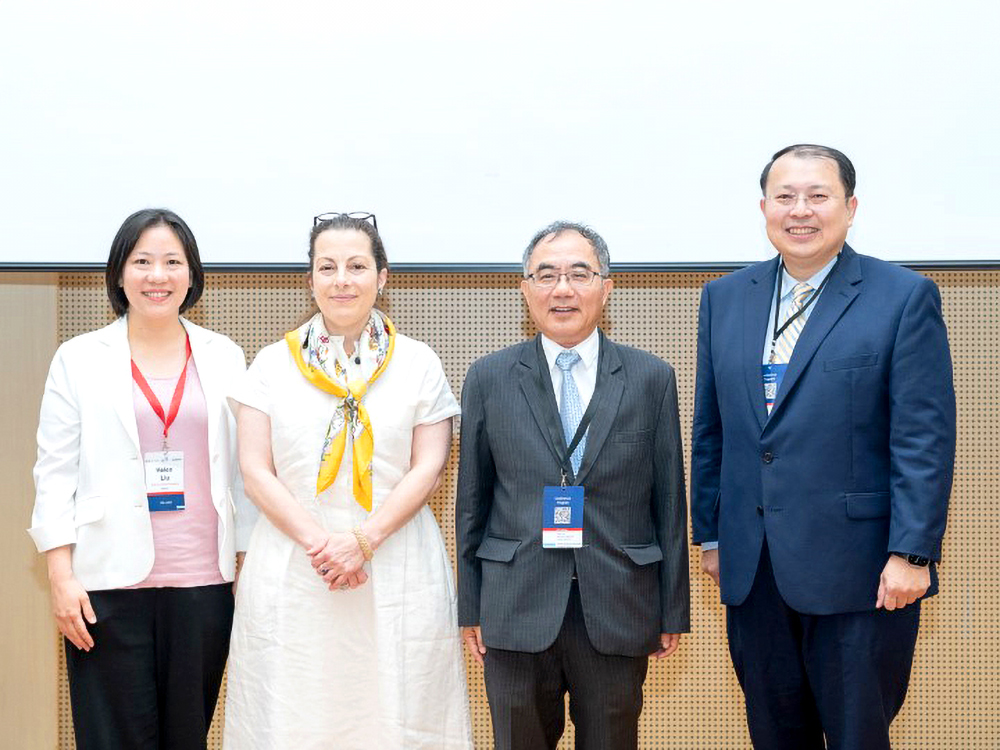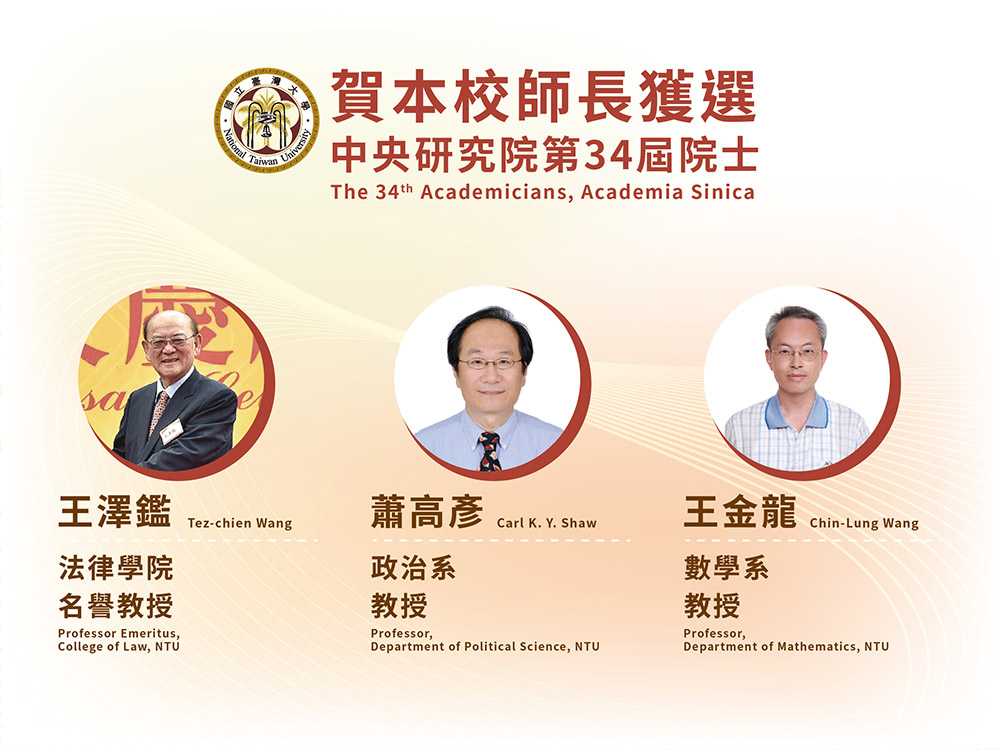
NTU Opening Ceremony: “Where Creativity and Dreams Take Flight”
瀏覽器版本過舊,或未開啟 javascript
請更新瀏覽器或啟用 javascript
Spotlights
Figure 1. The mortality rate of chronic cirrhotic hepatitis B patients infection with acute hepatitis E rises sharply.
Figure 2. Late Prof. Ding-Shinn Chen in his office.
Not only is it a remarkably widespread disease in Taiwan, viral hepatitis is also an important public health issue across the world. Thanks to the efforts of late Prof. Juei-low Sung and Ding-Shinn Chen, Taiwan became the first country in the world to establish a mass vaccination program against hepatitis B. For patients already infected with chronic hepatitis B, however, recurring inflammation of the liver can lead to higher risks of complications in liver cirrhosis and liver cancer to varying degrees. Hepatitis E, on the other hand, has a radically different clinical profile. Patients infected with the hepatitis E virus ordinarily develop acute hepatitis, which can lead to massive necrosis within a short span of time, resulting in a mortality rate between 1% and 2%. For chronic hepatitis B patients, whether or not the hepatitis E virus infection will accelerate the progression of liver diseases remains unclear.
Under the leadership of the late Professor Ding-Shinn Chen, the liver disease research team at NTU College of Medicine and NTU Hospital has committed to the clinical and basic research of hepatitis and liver cancer. In order to answer the question of how acute hepatitis E affects the long-term prognosis of chronic hepatitis B carriers, the research team at NTU, led by Prof. Jia-Horng Kao and late Professor Ding-Shinn Chen, established a database of 2,666 chronic hepatitis B patients in a continuing cohort tracking study at NTU Hospital that has spanned over 15 years. In this study antibody and antigen tests for hepatitis E virus are carried out. It was found that hepatitis E virus infection not only significantly increases the short-term liver-related mortality rate of cirrhotic patients but also increases the risk of cirrhosis and liver cancer in physically inactive hepatitis B carriers. This important finding was also confirmed by the research team’s follow-up cohort study of 414 cirrhotic patients. Combining these two cohort studies, the NTU research team found that the mortality rate of chronic cirrhotic hepatitis B patients within one year into their infection with hepatitis E was 35.7%, which is much higher than that of non-cirrhotic hepatitis B patients, which is 2.4% (Figure 1).
The research paper authored by the NTU research team is the first of its kind to employ cohort studies to investigate the impact of acute hepatitis E on patients with chronic hepatitis B, and it was published in June 2020 in the Journal of Hepatology, a leading journal in the field of gastroenterology and hepatology. The clinical implication is that it is crucial to prevent chronic hepatitis B patients and cirrhotic patients from contracting hepatitis E, so that the risks of short- and long-term complications associated with hepatitis E may be reduced.
(The full text is available here: https://www.journal-of-hepatology.eu/article/S0168-8278(20)30029-5/fulltext)
Late Prof. Ding-Shinn Chen was the driving force behind the design, execution, and final publication of this study. The NTU research team wishes to dedicate this paper to the memory of Professor Chen for his pioneering work in hepatology.

NTU Opening Ceremony: “Where Creativity and Dreams Take Flight”

Prof. Wei-Shiung Yang wins MOE National Excellent Teacher Award

NTU College of Public Health's Global Health Program Joins the Association of Schools of Public Health in the European Region

NTU hosts a successful dg.o 2024

Congratulations to NTU faculty members elected as 34th AS academicians
Current Spotlights